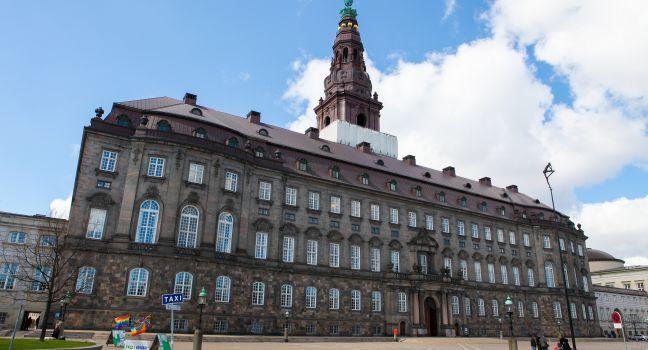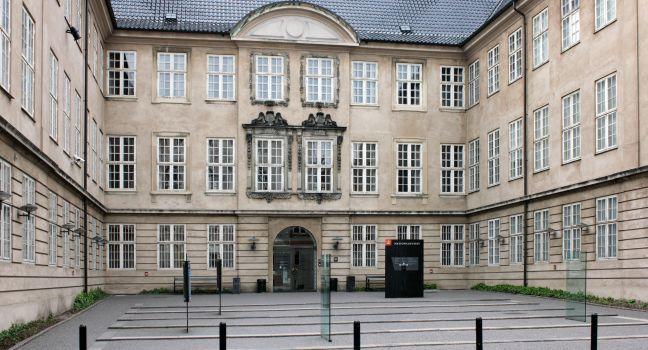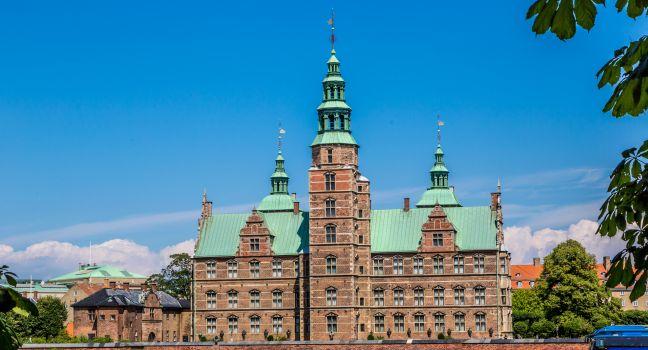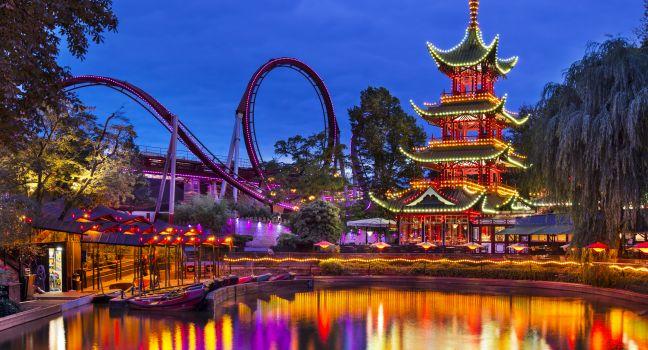Amalienborg
The four identical rococo buildings occupying this square have housed royals since 1784. It's still the queen's winter residence. The Christian VIII Palace across from the royals' wing houses the Amalienborg Museum, which displays the second part of the Royal Collection (the first is at Rosenborg Castle) and chronicles royal lifestyles between 1863 and 1947. Here you can view the study of King Christian IX (1818–1906) and the drawing room of his wife, Queen Louise. Rooms are packed with royal heirlooms and treasures.
On Amalienborg's harbor side is the garden of Amaliehaven, at the foot of which the queen's ship often docks. In the square's center is a magnificent equestrian statue of King Frederik V by the French sculptor Jacques François Joseph Saly. It reputedly cost as much as all the buildings combined. Every day at noon, the Royal Guard and band march from Rosenborg Castle through the city for the changing of the guard. At noon on April 16, Queen Margrethe's birthday, crowds of Danes gather for a special treat: their monarch stands and waves from her balcony at Amalienborg and the Danes cheer her on with many a "Hurra!" Queen Margrethe has been on the throne since 1972.







